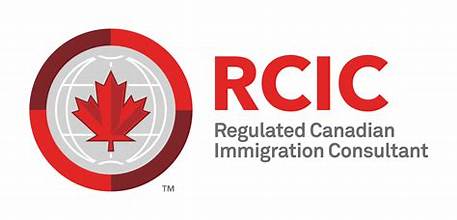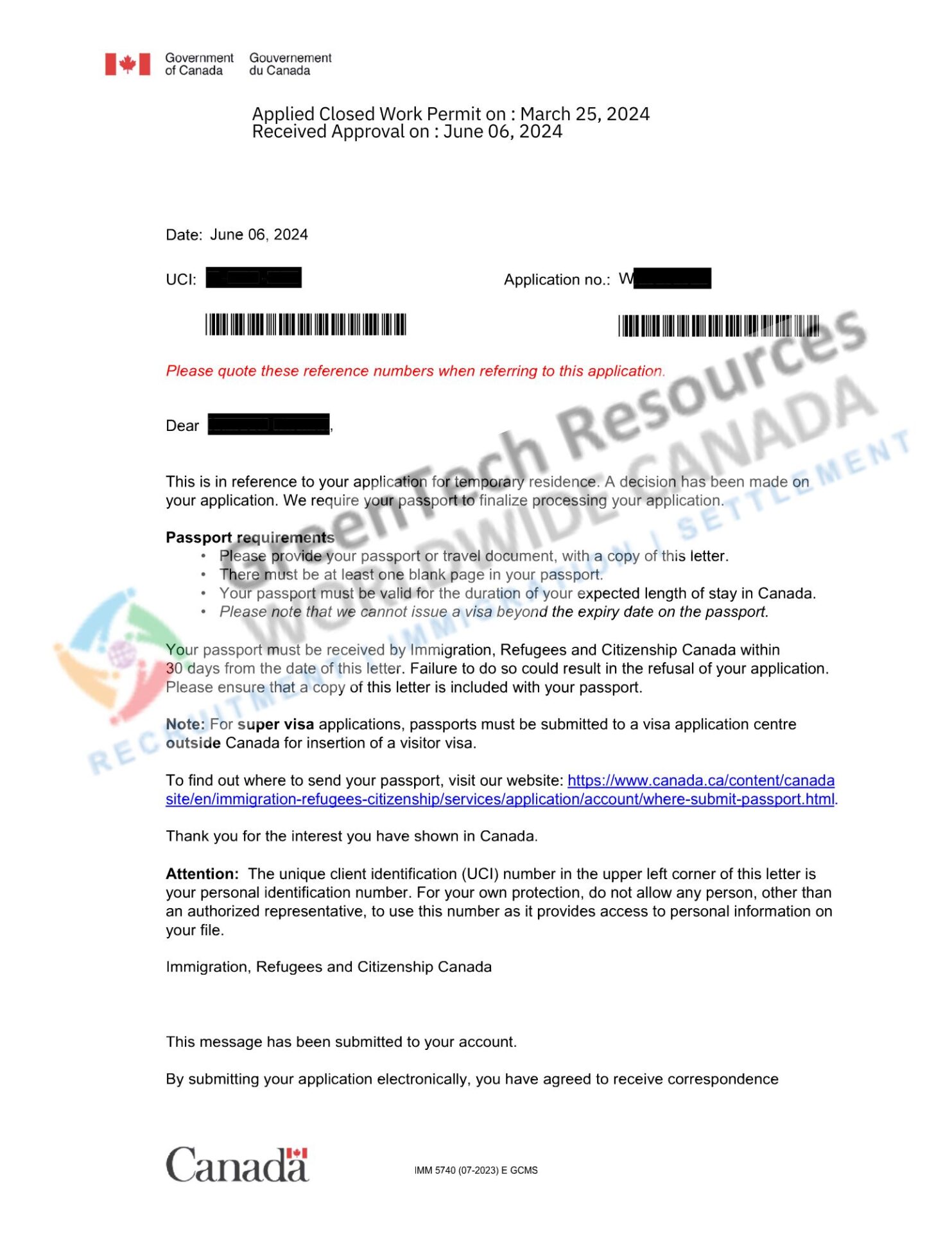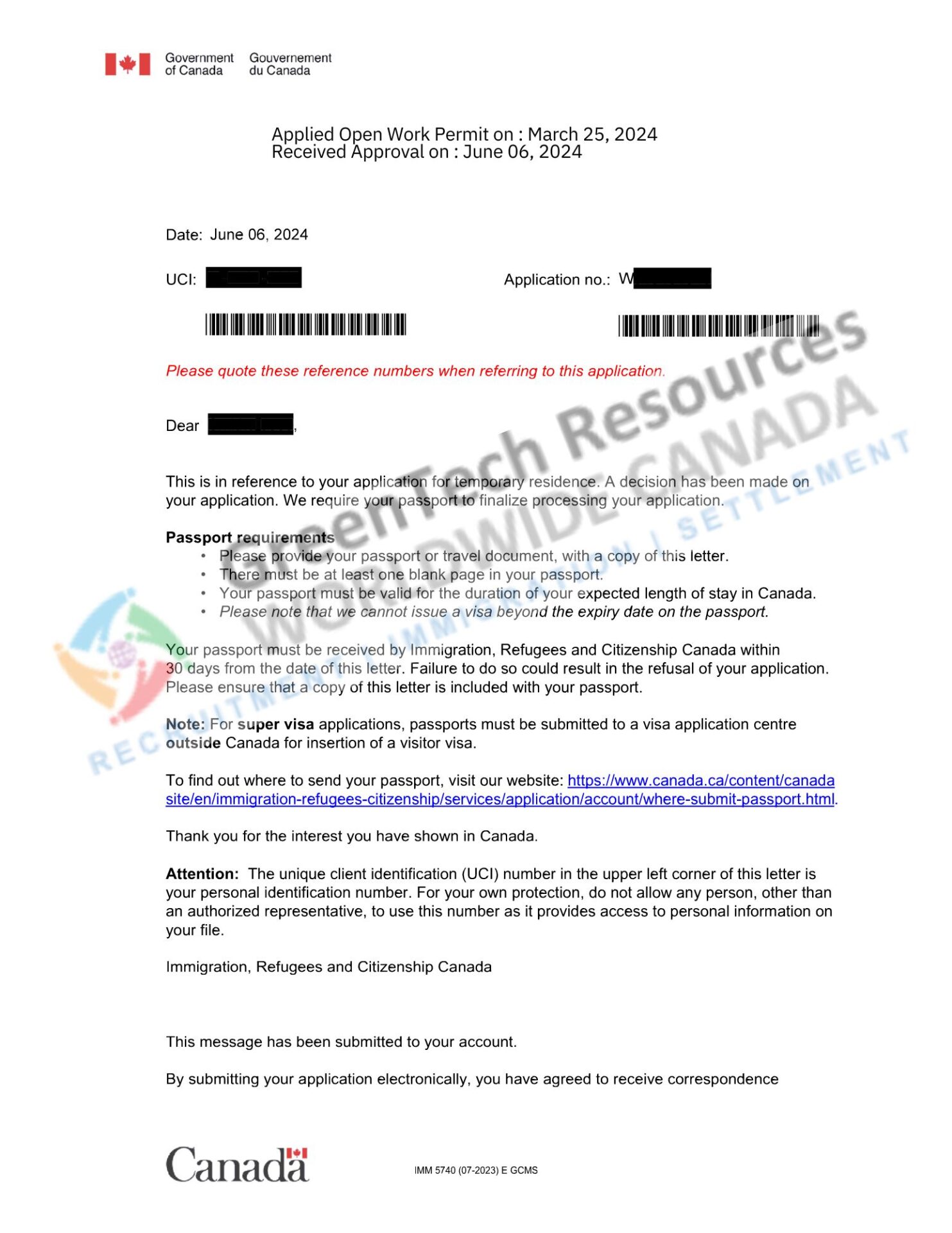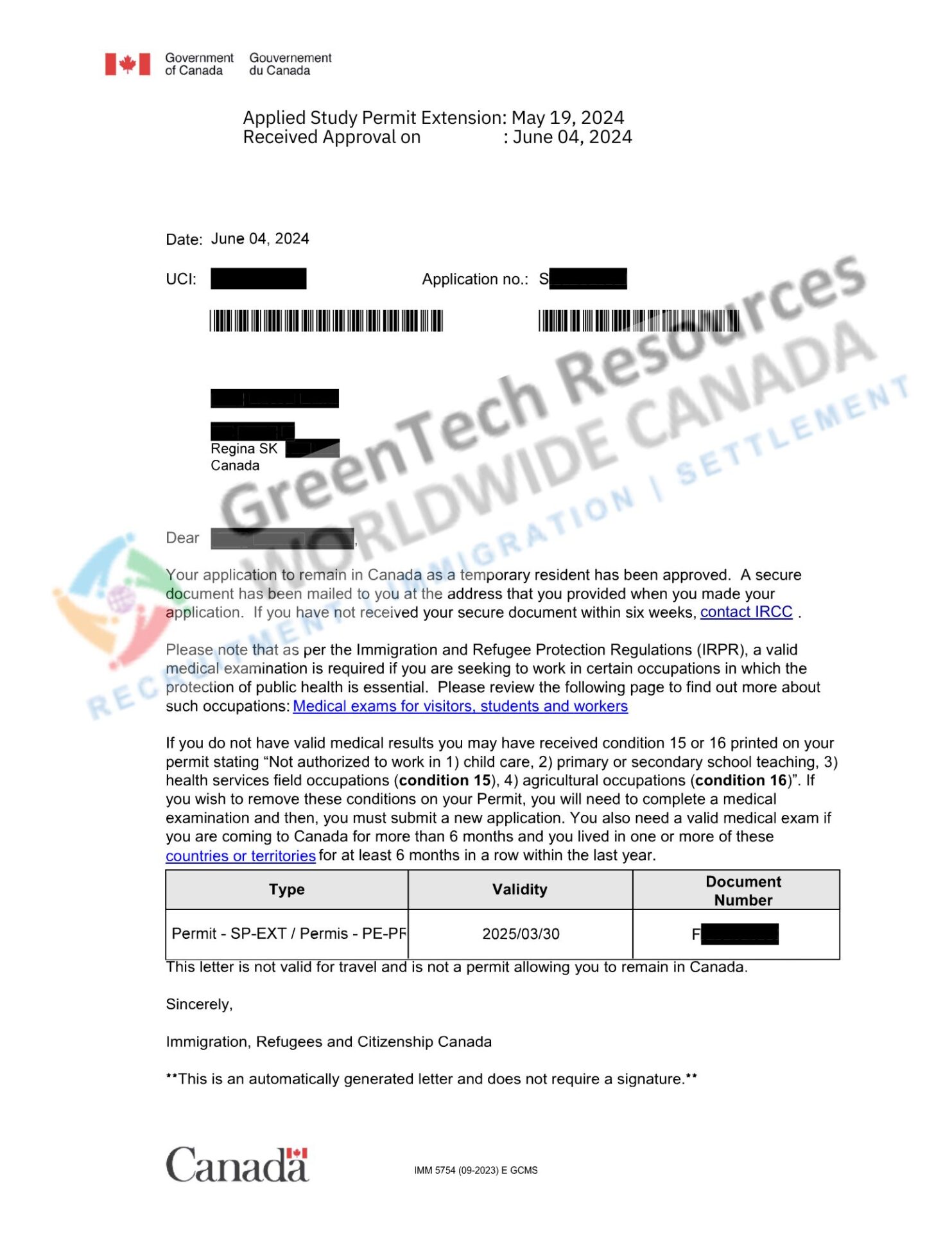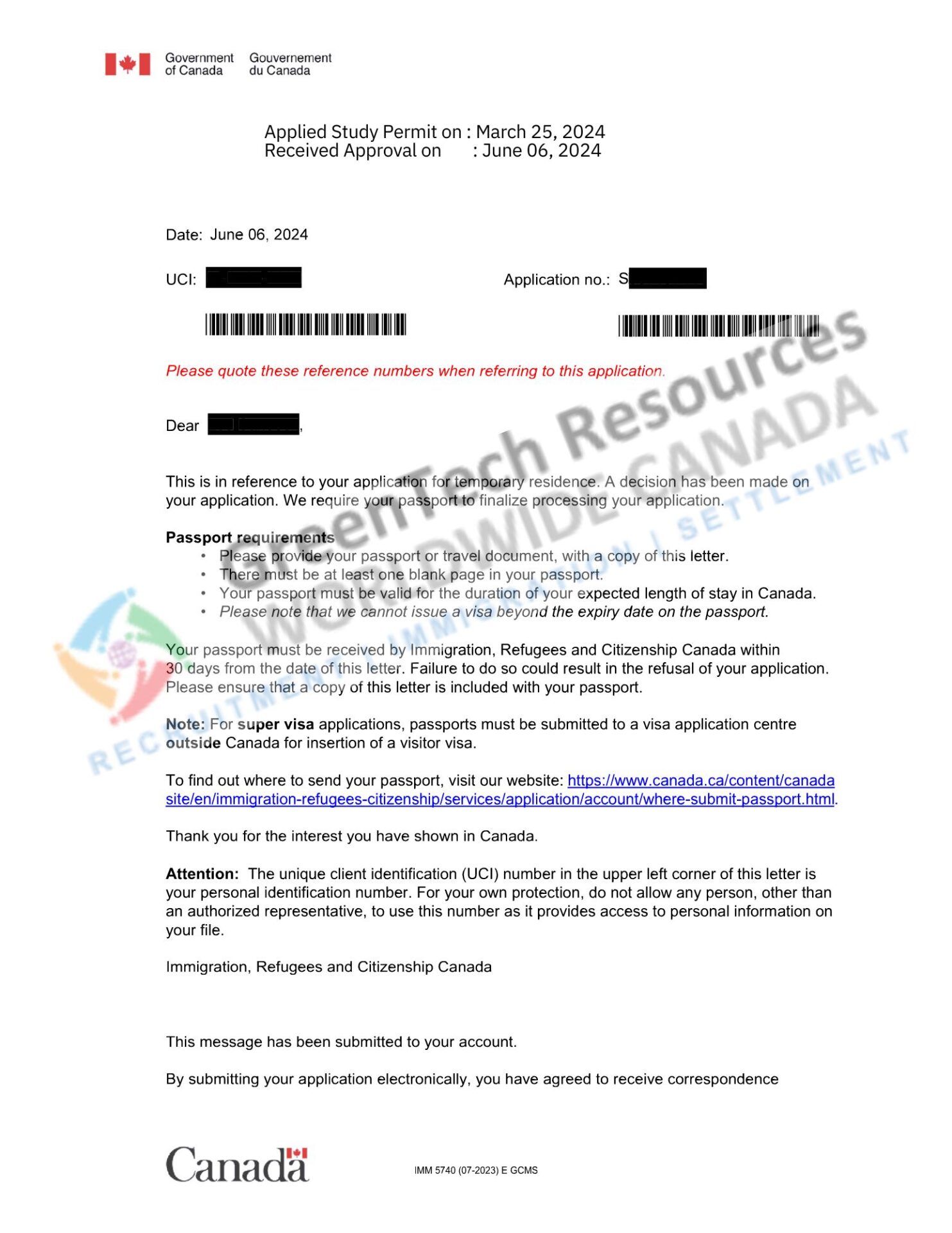Canada keeps reforming its immigration systems to welcome more newcomers
As the third quarter of 2018 comes to a close, Canada remains committed to improving its immigration systems to welcome more newcomers to the country. A major component of Canada’s strategy is the refinement of immigration pathways like the Express Entry and Provincial Nominee Programs (PNPs). The changes introduced in 2018 reflect Canada’s efforts to streamline immigration, align it with economic needs, and provide opportunities for qualified candidates to become permanent residents.
In this article, we will explore some of the key reforms in Canada’s immigration system, including changes to Express Entry-linked PNPs in provinces like Ontario, Saskatchewan, and the Atlantic Provinces. We will also look at how these updates help support Canada’s mission to fill labor shortages and strengthen its economy.

1. The Express Entry System: A Gateway to Canada
Canada’s Express Entry system remains at the forefront of its economic immigration framework. Launched in 2015, this system facilitates the management of immigration applications through three federal programs:
- Federal Skilled Worker Class (FSWC)
- Chương trình Thợ tay nghề cao liên bang (FST) Class (FSTC)
- Kinh nghiệm tại Canada (CEC)
Express Entry operates through the Comprehensive Ranking System (CRS), which assigns points to candidates based on factors such as age, education, work experience, language proficiency, and adaptability. Candidates with higher CRS scores are more likely to receive an Invitation to Apply (ITA) for permanent residence.
A significant update to Express Entry in recent years has been its closer integration with Canada’s PNPs, which now offer an additional 600 CRS points to candidates who secure a provincial nomination. This increase nearly guarantees an ITA, making provincial nomination a coveted advantage in the immigration process.
2. Provincial Nominee Programs (PNPs): Driving Immigration in Provinces
Provincial Nominee Programs allow Canadian provinces and territories to select individuals who meet local labor market demands and have a high likelihood of contributing to the economy. PNPs have gained importance because of their alignment with Express Entry, making it easier for provinces to fill their economic gaps by attracting highly skilled immigrants.
Throughout the third quarter of 2018, several provinces introduced reforms and held major draws aimed at attracting skilled workers. Below are highlights from some key provinces:
3. Ontario: A Leader in Immigration Through Human Capital Priorities
Ontario has consistently been one of the most attractive destinations for immigrants, given its strong economy and job opportunities. In August 2018, Ontario conducted the largest draw of the third quarter through its Human Capital Priorities Stream, which is linked to Express Entry.
On August 9, 2018, Ontario issued 947 Notifications of Interest (NOIs) to Express Entry candidates. This draw was specifically targeted at individuals with a valid job offer in Ontario. The CRS scores of invited candidates ranged from 350 to 439, showcasing Ontario’s willingness to attract mid-range skilled workers who can meet the province’s labor demands.
This strategic draw demonstrated Ontario’s focus on balancing the needs of employers with immigration targets. By inviting individuals with job offers, Ontario continues to ensure that the newcomers are well-positioned to succeed economically upon arrival.
4. Saskatchewan: A New System with Express of Interest (EOI)
Saskatchewan, another province heavily reliant on immigration to sustain its economic growth, introduced significant reforms in 2018. In July 2018, the province replaced the old intake system for the Đề cử tỉnh bang Saskatchewan (SINP) with the new Expression of Interest (EOI) process.
EOI serves as a pre-application process, where candidates express their interest in applying for SINP by submitting a profile. This profile is scored out of 100 based on criteria such as work experience, education, language proficiency in English or French, and connection to Saskatchewan. Candidates need to score a minimum of 60 points to be eligible, after which they are ranked, and those with higher scores are invited to apply for provincial nomination.
In the third quarter of 2018, Saskatchewan held two draws under the new EOI system:
- September 19, 2018: Saskatchewan invited candidates based on specific skills needed in the province.
- September 27, 2018: Another draw focused on high-demand occupations with candidates possessing work experience in selected fields.
The EOI system allows Saskatchewan to be more selective and strategic in inviting candidates, ensuring that immigrants meet local labor demands and are more likely to integrate successfully into the workforce.
5. Atlantic Provinces: Targeted Immigration Through Labour Market Priorities
Canada’s Atlantic Provinces—Nova Scotia, New Brunswick, Newfoundland and Labrador, and Prince Edward Island—continue to focus on attracting skilled workers to counter population decline and labor shortages. As part of the Atlantic Immigration Pilot Program (AIPP), provinces have adopted a collaborative approach with employers to fill workforce gaps.
Nova Scotia made headlines in the third quarter by launching its Labour Market Priorities Stream on August 8, 2018. This stream targets specific occupations based on Nova Scotia’s labor needs. It selects candidates directly from the Express Entry pool, allowing the province to bypass CRS scores and focus on individuals whose skills are in demand.
Similarly, Prince Edward Island (PEI) invited candidates to apply for provincial nomination on three occasions during the third quarter. PEI’s Express Entry Stream focuses on selecting candidates with the skills and experience to support the province’s economy, particularly in sectors like healthcare, education, and agriculture.
These reforms in Atlantic Canada demonstrate a focused effort to attract newcomers who can contribute to provincial economies and sustain population growth.
6. The Role of CRS Points and ITAs in Immigration Success
The Comprehensive Ranking System (CRS) plays a critical role in Canada’s immigration process, determining which candidates in the Express Entry pool receive Invitations to Apply (ITAs) for permanent residence. A CRS score is calculated based on a combination of factors such as:
- Age: Younger candidates generally score higher.
- Giáo dục: Higher levels of education attract more points.
- Trình độ ngoại ngữ: Strong English or French skills are highly valued.
- Work Experience: Skilled work experience inside or outside Canada can boost scores.
One of the major advantages of Canada’s immigration reforms is the opportunity for candidates to boost their CRS scores by securing a Provincial Nomination. A provincial nomination adds 600 points to a candidate’s CRS score, virtually guaranteeing that they will receive an ITA.
For example, candidates with CRS scores ranging between 350 and 439 in Ontario’s August draw would not have been invited through the federal Express Entry program alone. However, with a provincial nomination, they would see their scores jump to over 900 points, leading to an ITA in the subsequent federal draw.
This highlights the effectiveness of Canada’s PNPs in making immigration accessible to skilled individuals who might not meet the CRS cut-off under the regular Express Entry draws.
7. The Future of Canadian Immigration: Welcoming More Newcomers
As Canada’s immigration system continues to evolve, it remains clear that provinces are playing an increasingly significant role in shaping immigration policies. By linking PNPs to Express Entry and introducing reforms such as EOI, Canada is ensuring that its immigration system is responsive to economic needs while providing more pathways for skilled workers to enter the country.
In the coming years, Canada is expected to welcome over 1 million immigrants through various programs. The combination of federal and provincial efforts is designed to meet labor demands, support economic growth, and ensure that Canada remains an attractive destination for skilled immigrants from around the world.

